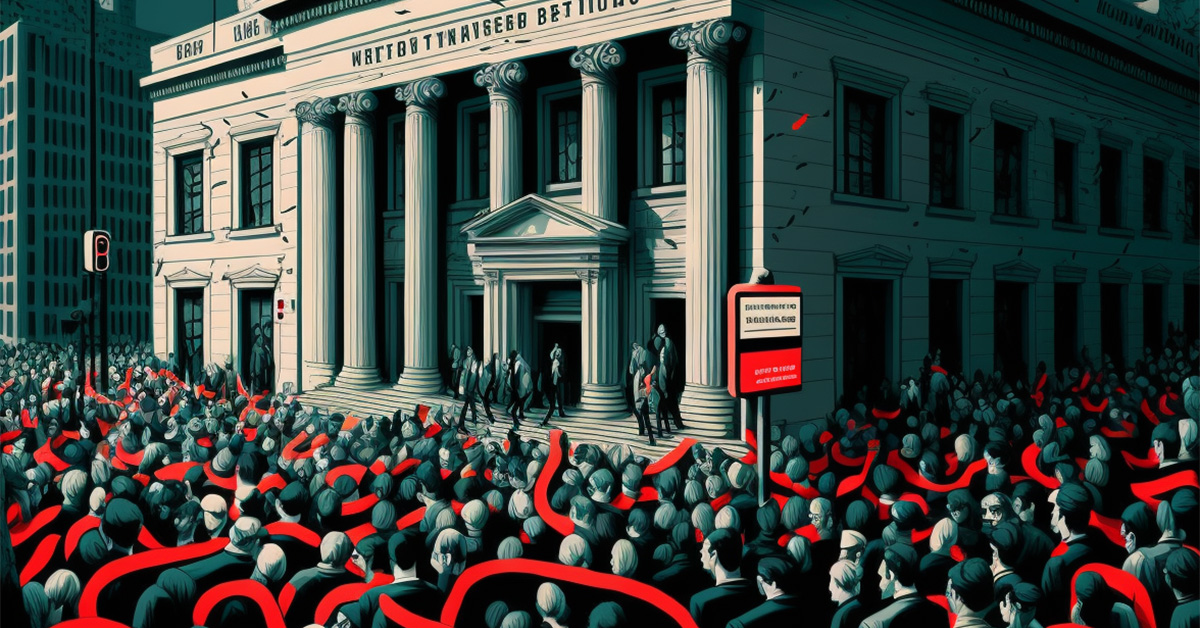You know the importance of ensuring compliance with fair lending regulations. But have you considered the dangers of redlining specifically and completely?
Redlining Defined
Redlining is the practice of denying or limiting financial services to certain neighborhoods or areas, often based on factors such as race, ethnicity, or income level. While it is illegal, redlining can be nuanced and difficult to detect. It may not always be intentional, but it can still have serious consequences for both banks and their customers.
What a Redlining Problem Can Do to Your Bank
For banks, redlining can result in financial penalties from regulatory agencies, damage to reputation, and loss of customer trust. It can also increase the risk of legal action from those who feel they have been unfairly denied access to financial services. The cost of defending against such legal action can be significant, even if the bank is ultimately found to be in the right.
Some recent redlining enforcement actions include:
- BancorpSouth in 2016 in which the CFPB and DOJ reached a settlement agreement that cost the bank more than $7 million
- Cadence Bank in 2021 in which the OCC and DOJ reached an agreement that cost the bank more than $8 million
- Trustmark Bank in 2021 in which the CFPB, OCC, and DOJ reached an agreement that cost the bank almost $10 million
- Lakeland Bank in 2022 in which the DOJ reached an agreement that cost the bank $13 million
But the consequences of redlining go beyond just financial and legal risks.
A bank that is perceived as engaging in redlining may struggle to attract and retain customers, as people may choose to do business with banks that are perceived as more fair and inclusive. This can have a negative impact on the bank’s bottom line.
For customers, redlining can lead to difficulty accessing credit and financial services, which can have a long-term impact on their financial well-being. This can make it harder for them to buy homes, start businesses, or access other opportunities that may be available to those who live in neighborhoods where credit is more readily available. This can lead to a cycle of disadvantage, as those who are denied access to credit may be less able to improve their circumstances.
Reducing Redlining Risk
So how can you protect your bank and your customers from the dangers of redlining? One important step is to be proactive in detecting and correcting redlining issues. This may involve implementing policies and procedures to prevent redlining, as well as using software to help identify and address redlining problems.
Effective redlining prevention and correction requires a comprehensive approach that takes into account the unique needs and characteristics of your bank and your customers.
It may involve training for employees, reviewing and updating policies and procedures, and monitoring ongoing compliance. It may also involve using software to help identify and address potential redlining issues.
In future posts in this series, we’ll be exploring the topic of redlining in much greater depth. But if you don’t want to wait, you can download our free complete guide to understanding, detecting, and correcting redlining problems below.
Get Our Free Guide:
Combating Redlining:
An Examination of Lending Policies and Practices, Detection Methods, and Corrective Measures


